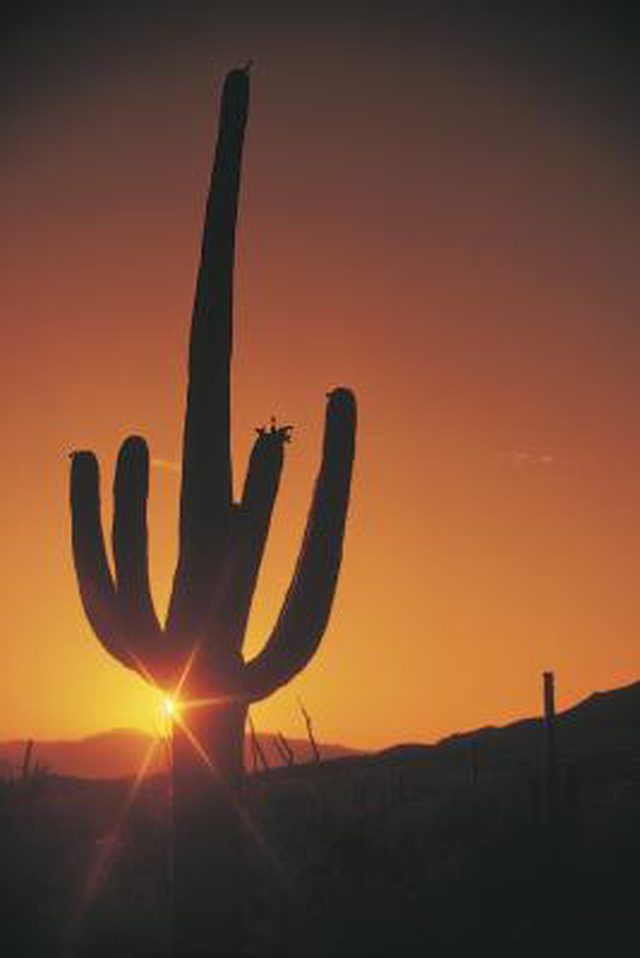Bulbs
Flower Basics
Flower Beds & Specialty Gardens
Flower Garden
Garden Furniture
Garden Gnomes
Garden Seeds
Garden Sheds
Garden Statues
Garden Tools & Supplies
Gardening Basics
Green & Organic
Groundcovers & Vines
Growing Annuals
Growing Basil
Growing Beans
Growing Berries
Growing Blueberries
Growing Cactus
Growing Corn
Growing Cotton
Growing Edibles
Growing Flowers
Growing Garlic
Growing Grapes
Growing Grass
Growing Herbs
Growing Jasmine
Growing Mint
Growing Mushrooms
Orchids
Growing Peanuts
Growing Perennials
Growing Plants
Growing Rosemary
Growing Roses
Growing Strawberries
Growing Sunflowers
Growing Thyme
Growing Tomatoes
Growing Tulips
Growing Vegetables
Herb Basics
Herb Garden
Indoor Growing
Landscaping Basics
Landscaping Patios
Landscaping Plants
Landscaping Shrubs
Landscaping Trees
Landscaping Walks & Pathways
Lawn Basics
Lawn Maintenance
Lawn Mowers
Lawn Ornaments
Lawn Planting
Lawn Tools
Outdoor Growing
Overall Landscape Planning
Pests, Weeds & Problems
Plant Basics
Rock Garden
Rose Garden
Shrubs
Soil
Specialty Gardens
Trees
Vegetable Garden
Yard Maintenance
How to Stake a Cactus
How to Stake a Cactus. The Cactaceae family's spiny, stemlike shrubs and trees, such as prickly pear (Opuntia spp.), Whipple cholla (Cylindropuntia whipplei) and saguaro (Carnegiea gigantea), are known for their dangerous spikes, floral displays and ability to store large amounts of water. Despite their vigorous growth, however, these desert...

The Cactaceae family's spiny, stemlike shrubs and trees, such as prickly pear (Opuntia spp.), Whipple cholla (Cylindropuntia whipplei) and saguaro (Carnegiea gigantea), are known for their dangerous spikes, floral displays and ability to store large amounts of water. Despite their vigorous growth, however, these desert succulents are easily destabilized. A shallow root system and root damage from rot, particularly on a tall or leggy specimen, can cause leaning or total collapse of the plant, and staking the cactus may be necessary. Cacti are hardy in a variety of U.S. Department of Agriculture (USDA) plant hardiness zones, depending on the variety. Prickly pear, for example, is hardy in USDA zones 3b through 11, Whipple cholla in zones 5 to 10 and saguaro in zones 9 through 10.
Things You'll Need
Work gloves
Safety goggles
Long-sleeved shirt
Long pants
Non-adhesive horticultural tape or burlap
Scissors
Stapler with staples (optional)
2 steel, 8-foot-tall T-stakes or 3 wooden boards, each 2 by 4 inches
Wooden mallet (optional)
Fence-post driver (optional)
Garden soil (optional)
Small Cactus
Put on protective clothing, including work gloves, safety goggles, a long-sleeved shirt and long pants. A cactus' spines can cause severe injury.
Create a collar to secure the cactus' stem. Wrap non-adhesive horticultural tape loosely around the cactus' midsection between its spines. Knot or staple the tape to itself to hold it in place.
Tap two steel, 8-foot-tall T-stakes 2 inches into the ground on opposite sides of the cactus' stem, using a wooden mallet for the task. Slide a fence-post driver over one of the stakes, and pump the fence-post driver's handle to drive the stake 3 feet into the ground. Drive the second stake 3 feet into the ground by using the fence-post driver.
Attach the cactus' horticultural tape collar to the T-stakes by using long pieces of horticultural tape.
Leave the T-stakes in place for three to six months, until the cactus' root system recovers and the cactus can stand upright on its own. Cut the horticultural tape off the cactus with scissors when you remove the T-stakes.
Large Cactus
Put on protective clothing, including work gloves, safety goggles, a long-sleeved shirt and long pants.
Create a padded collar to protect the cactus' stem. Fold a long strip of burlap several times, creating thickness from the layers, and wrap the material around the cactus' stem, including its spines, at least 3 feet above the ground. Knot or staple the burlap collar to itself to hold in place, keeping the collar snug but not tight.
Wedge three 2-by-4-inch wooden boards between the burlap collar and the ground around the cactus, propping the cactus against the boards. Mound garden soil around the bottom of each board to keep it steady.
Leave the boards in place for three to six months. Cut the burlap off the cactus with scissors when you remove the boards.
Tips & Warnings
Cactus height, not stem diameter, determines which staking method to use. If a cactus is under 5 feet tall, then use the staking method for a small cactus. If a cactus is more than 5 feet tall, use the staking method for a large cactus.